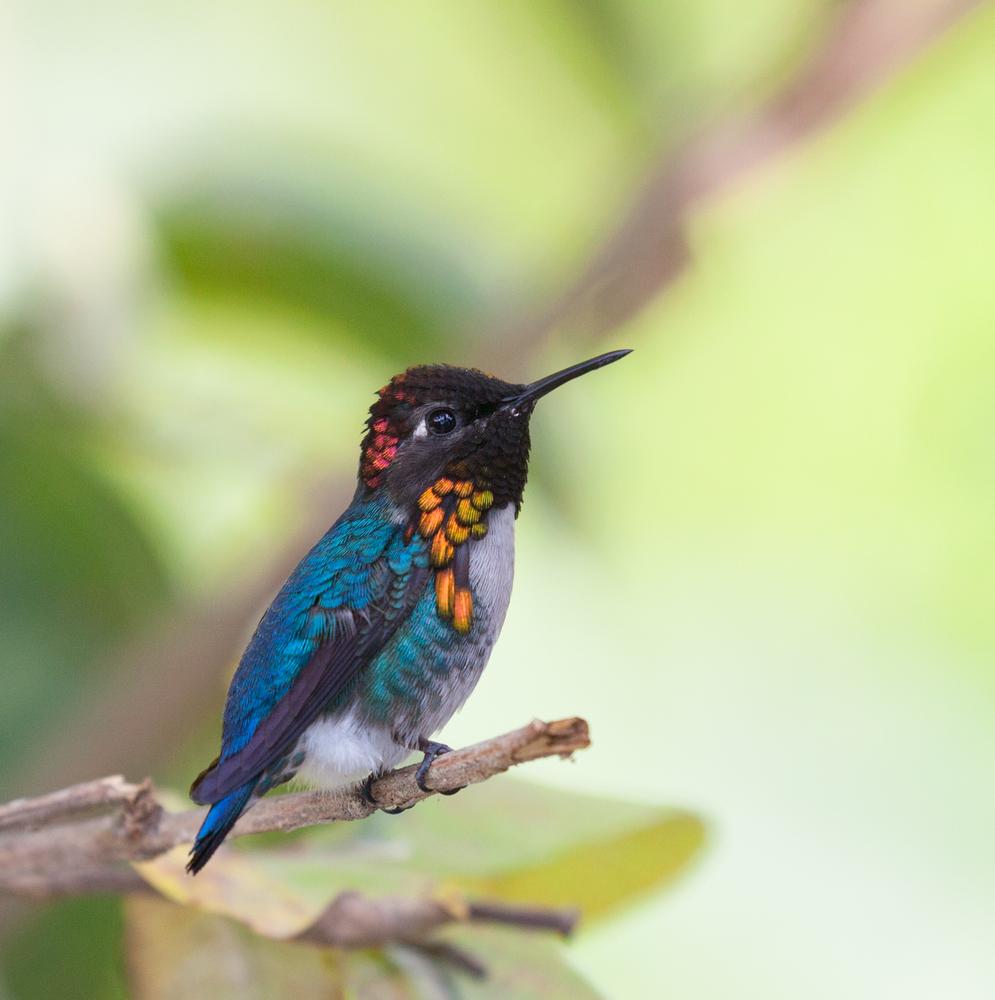Hummingbirds are one of nature’s tiniest marvels and have the ability to dazzle and charm any birdwatcher’s eyes. However, the bee hummingbird is an absolute wonder to behold as it is considered a miniature even among hummingbirds, and has rightly earned the title of the world’s smallest bird.

Melinda Fawver/Shutterstock






